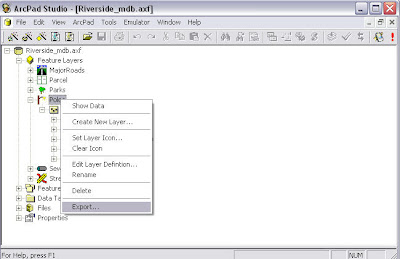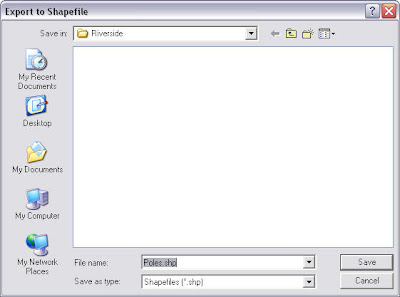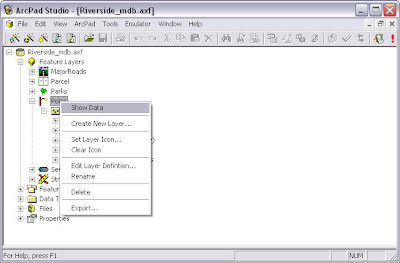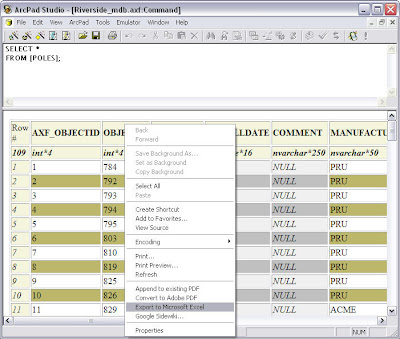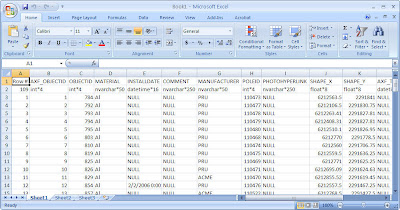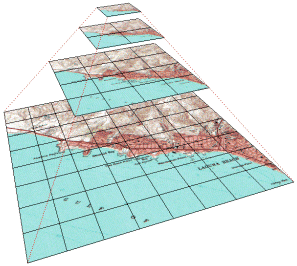
The
ESRI SAG Awards often fly under the radar - there is a very long list, and the titles often don't give anything away about what the project actually was about.
This year our friends at ESRI Muscat were instrumental in securing a SAG award for the Ministry of National Economy in Oman - CONGRATULATIONS!
ArcPad was at the core of this recently completed
Oman building and establishment census. Customization was a key part of this project and the ESRI Muscat team pushed ArcPad and ArcPad Studio to the max to deliver an exemplarily software and hardware solution for this project. Some key elements of the customization were:
- Custom check-out tools that packaged the required features and layers for each user for each day
- Every form was completely bilingual
- Forms intelligently represented attributes from complex relationships in human understandable manner (not in database order or style)
- Forms enforced complex business rules (eg: ‘if this field x populated with value y, do not display fields a,b,c, else, a,b,c are mandatory’)
The system was designed to support approximately 300 field workers spread across over 20 offices, and all data was synchronized to a central enterprise GIS.
Did your ArcPad project win an award too? I'm sorry we couldn't find it in the list - please tell us about your ArcPad successes!
